Multi-user Grouping Optimization Algorithm Based on Non-orthogonal Multiple Access Systems
-
摘要: 用户分组算法作为非正交多址接入(NOMA)的关键部分,对系统吞吐量和用户公平性具有重要影响。当用户数量和可用的资源增加时,用户分组的最佳调度将变得不可行,该文提出一种子带间多用户分组优化算法。该算法首先根据用户信道增益差异和子带复用用户数限制条件进行多用户初始分组处理,减小用户搜索空间,然后逐步完成初始分组用户间的优化组合,以几何平均用户吞吐量最大为用户分组准则,进一步提升小区边缘用户的吞吐量。仿真结果表明,所提算法与传统的用户分组算法相比,系统总吞吐量和几何平均用户吞吐量性能提升均超过3%。Abstract: As a key part in Non-Orthogonal Multiple Access (NOMA), user grouping is of particular importance for non-orthogonal multiple access system to improve throughput performance and user fairness. When the number of users and the available resources is increased, the optimal scheduling of user grouping will be infeasible, so a multi-user grouping optimization algorithm for different sub-bands is proposed. According to the user channel gain difference and the restrictions of the multiplexed user number in the same subband, the proposed algorithm firstly performs the process of the initial multi-user grouping to reduce the user’s search space. Then, the optimized combination of the initial grouping users is gradually completed, and the maximum geometric mean user throughput is used as user grouping criterion, which can further enhance the cell-edge user throughput. Simulation results show that the system total throughput and geometric mean user throughput performance of the proposed algorithm can be improved by more than 3% compared with the traditional user grouping algorithms.
-
表 1 所提算法与传统的用户分组算法复杂度比较
复用用户数Nb 2 3 4 5 6 全搜索用户分组 1.77×103 3.42×104 4.88×105 5.46×106 5.01×107 信道增益间隔用户分组 30(354) 20(354) 15(354) 12(354) 10(354) 所提多用户分组 60 80 120 192 320 -
ALI M S, HOSSAIN E, and DONG I K. Non-orthogonal multiple access (NOMA) for downlink multi-user MIMO systems: User clustering, beamforming, and power allocation[J]. IEEE Access, 2016, 5(1): 565–577 doi: 10.1109/ACCESS.2016.2646183 ISLAM S M R, AVAZOV N, DOBRE O A, et al. Power-domain non-orthogonal multiple access (NOMA) in 5G systems: Potentials and challenges[J]. IEEE Communications Surveys&Tutorials, 2017, 19(2): 721–742 doi: 10.1109/COMST.2016.2621116 HIGUCHI K and BENJEBBOUR A. Non-Orthogonal Multiple Access (NOMA) with successive interference cancellation for future radio access[J]. IEICE Transactions on Communications, 2015, 98(3): 403–414 doi: 10.1587/transcom.E98.B.403 CHEN Shuang, PENG Kewu, and JIN Huangping. A suboptimal scheme for uplink NOMA in 5G systems[C]. IEEE Wireless Communications and Mobile Computing Conference. Dubrovnik, Croatia, 2015: 1429–1434. ZHANG Han, ZHANG Dekun, MENG Weixiao, et al. User pairing algorithm with SIC in non-orthogonal multiple access system[C]. IEEE International Conference on Communications. Kuala Lumpur, Malaysia, 2016: 1–6. AL-ABBASI Z Q and SO D K C. User-pairing based non-orthogonal multiple access (NOMA) system[C]. Vehicular Technology Conference. Nanjing, China, 2016: 1–5. MEI Jie, YAO Lei, LONG Hang, et al. Joint user pairing and power allocation for downlink non-orthogonal multiple access systems[C]. IEEE International Conference on Communications. Kuala Lumpur, Malaysia, 2016: 1–6. TIMOTHEOU S and SKRIKIDI I. Fairness for non-orthogonal multiple access in 5G systems[J]. IEEE Signal Processing Letters, 2015, 22(10): 1647–1651 doi: 10.1109/LSP.2015.2417119 CHEN Xiaohang, BENJEBBOUR A, LI Anxin, et al. Multi-user proportional fair scheduling for uplink non-orthogonal multiple access (NOMA)[C]. Vehicular Technology Conference. Seoul, South Korea, 2015: 1–5. LI Xunan, LI Chong, and JIN Ye. Dynamic resource allocation for transmit power minimization in OFDM-based NOMA systems[J]. IEEE Communications Letters, 2016, 20(12): 2558–2561 doi: 10.1109/LCOMM.2016.2612688 CAI Wenbo, CHEN Chen, BAI Lin, et al. Subcarrier and power allocation scheme for downlink OFDM-NOMA systems[J]. IET Signal Processing, 2017, 11(1): 51–58 doi: 10.1049/iet-spr.2016.0188 LI Anxin, HARADA A, and KAYAMA H. A novel low computational complexity power assignment method for non-orthogonal multiple access systems[J]. IEICE Transactions on Fundamentals of Electronics, Communications and Computer Sciences, 2014, 97(1): 57–68 doi: 10.1587/transfun.E97.A.57 李钊, 戴晓琴, 陈柯宇, 等. 非正交多址接入下行链路用户匹配与功率优化算法[J]. 电子与信息学报, 2017, 39(8): 1804–1811 doi: 10.11999/JEIT161197LI Zhao, DAI Xiaoqin, CHEN Keyu, et al. User matching and power optimization algorithm for downlink NOMA[J]. Journal of Electronics&Information Technology, 2017, 39(8): 1804–1811 doi: 10.11999/JEIT161197 OTAO N, KISHIYAMA Y, and HIGUCHI K. Performance of non-orthogonal access with SIC in cellular downlink using proportional fair-based resource allocation[C]. International Symposium on Wireless Communication Systems (ISWCS), Paris, 2012: 476–480. doi: 10.1109/ISWCS.2012.6328413. ALI M S, TABASSUM H, and HOSSAIN E. Dynamic user clustering and power allocation for uplink and downlink non-orthogonal multiple access (NOMA) systems[J]. IEEE Access, 2017, 4(1): 6325–6343 doi: 10.1109/ACCESS.2016.2604821 LI Anxin, BENJEBBOUR A, CHEN Xiaohang, et al. Investigation on hybrid automatic repeat request (HARQ) design for NOMA with SU-MIMO[C]. IEEE, International Symposium on Personal, Indoor, and Mobile Radio Communications. Hong Kong, China, 2015: 590–594. -






 下载:
下载:
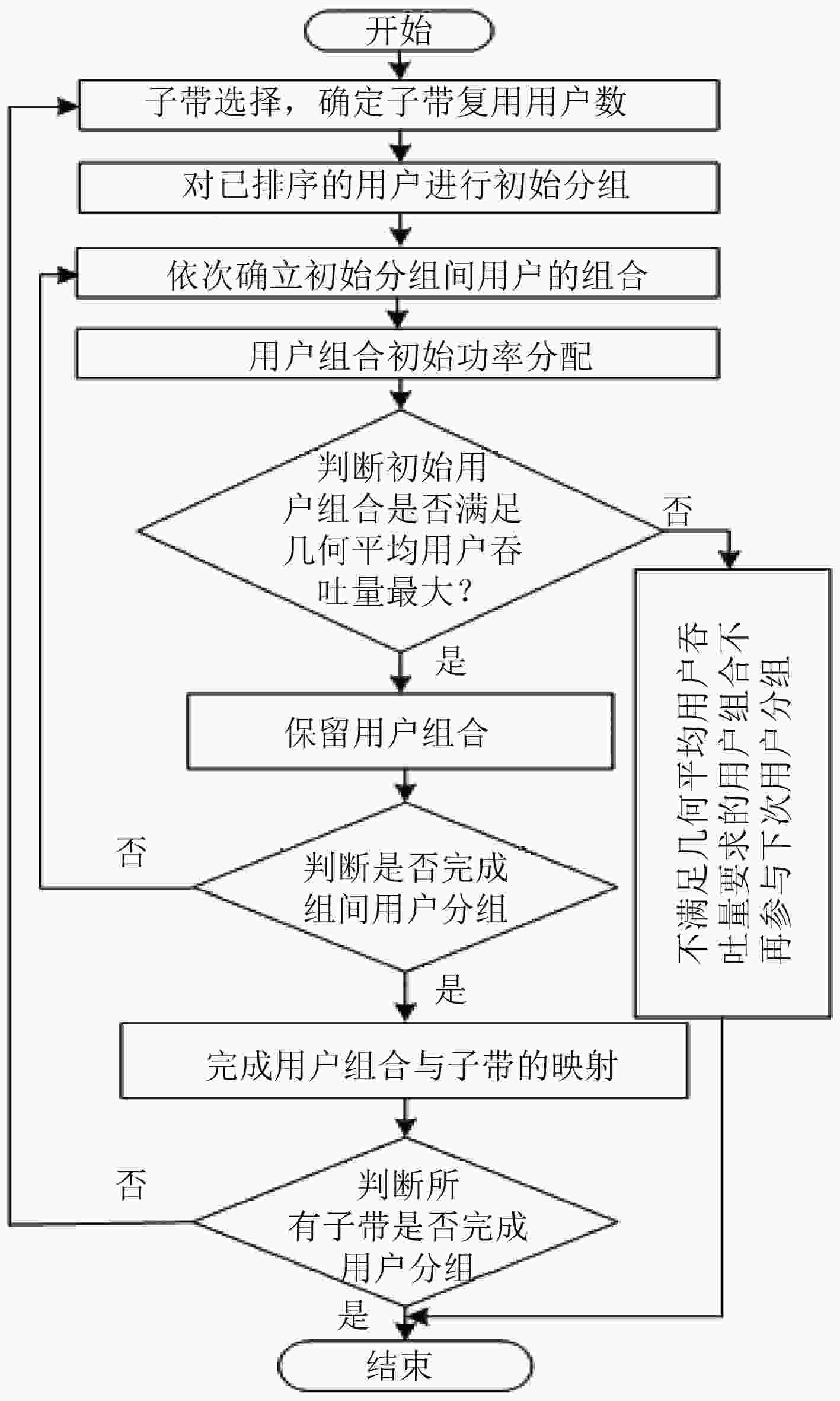
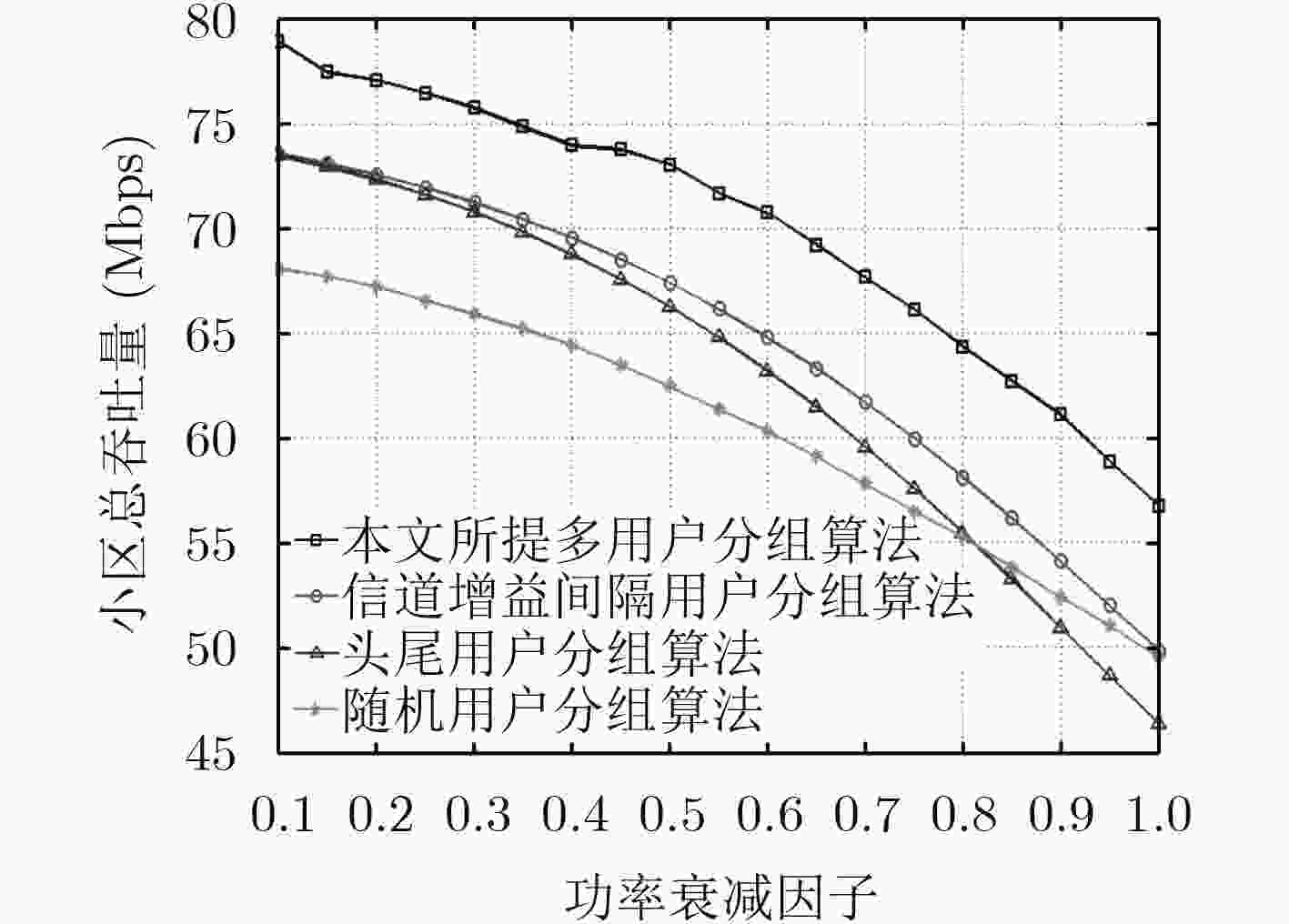


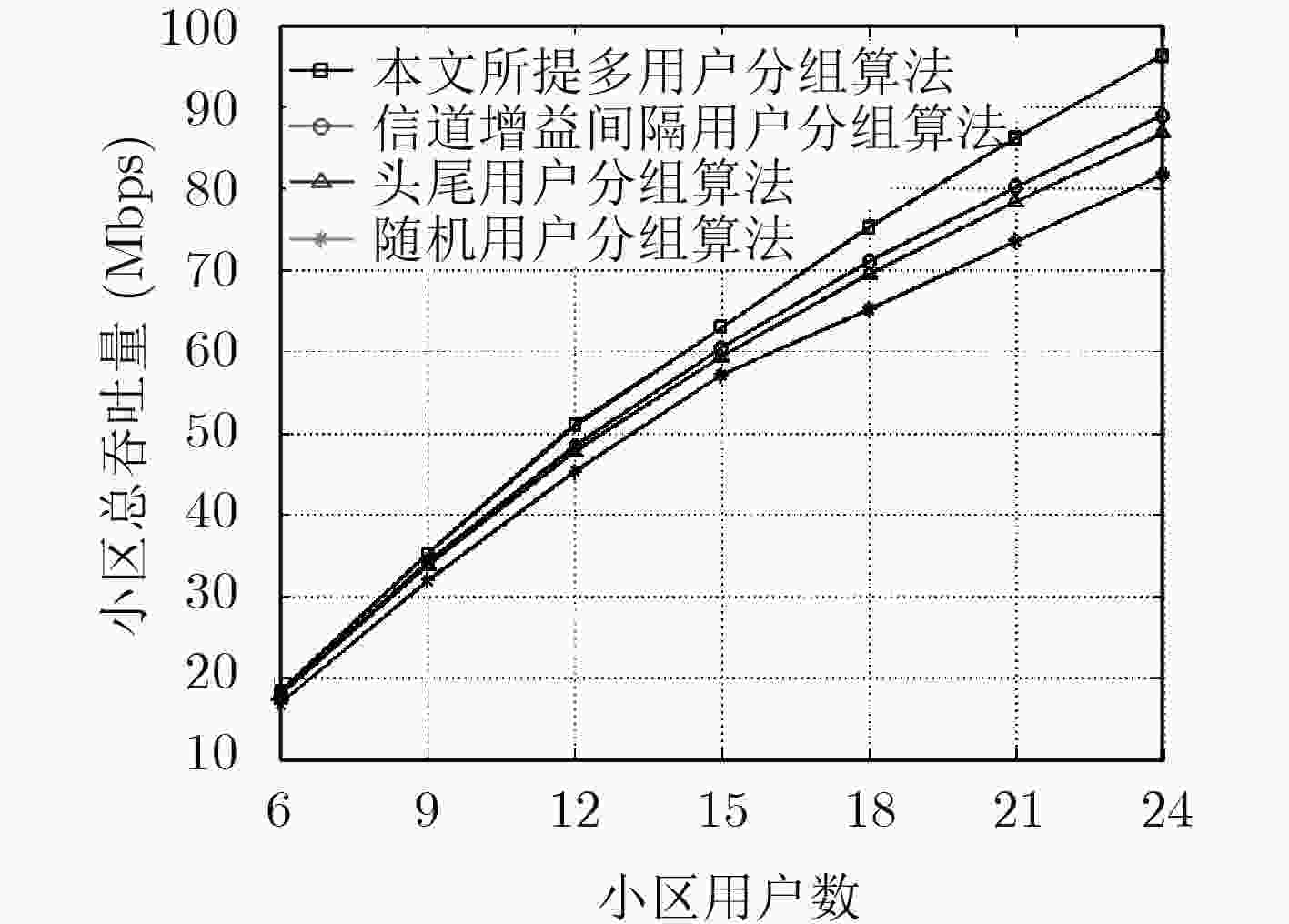
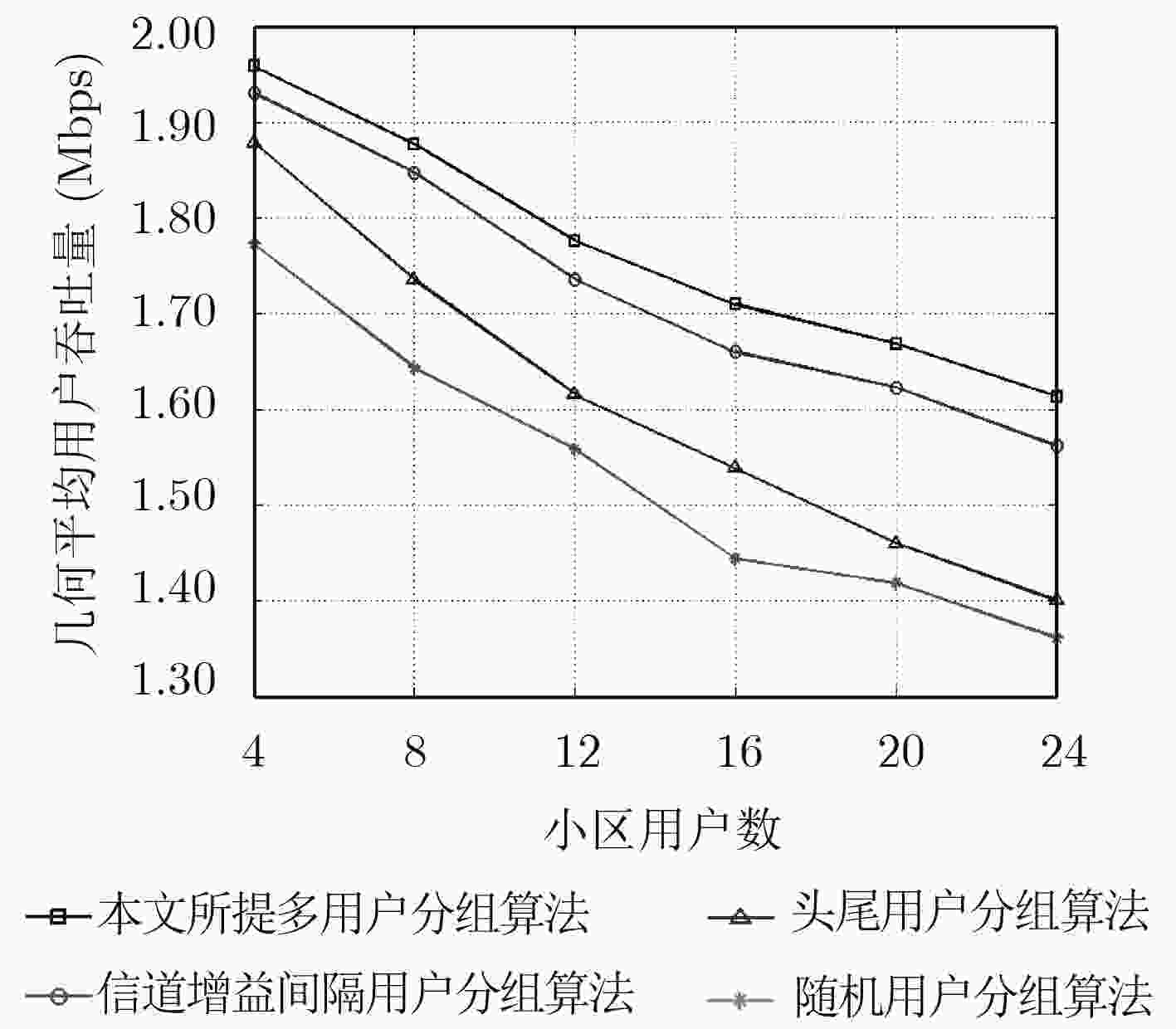
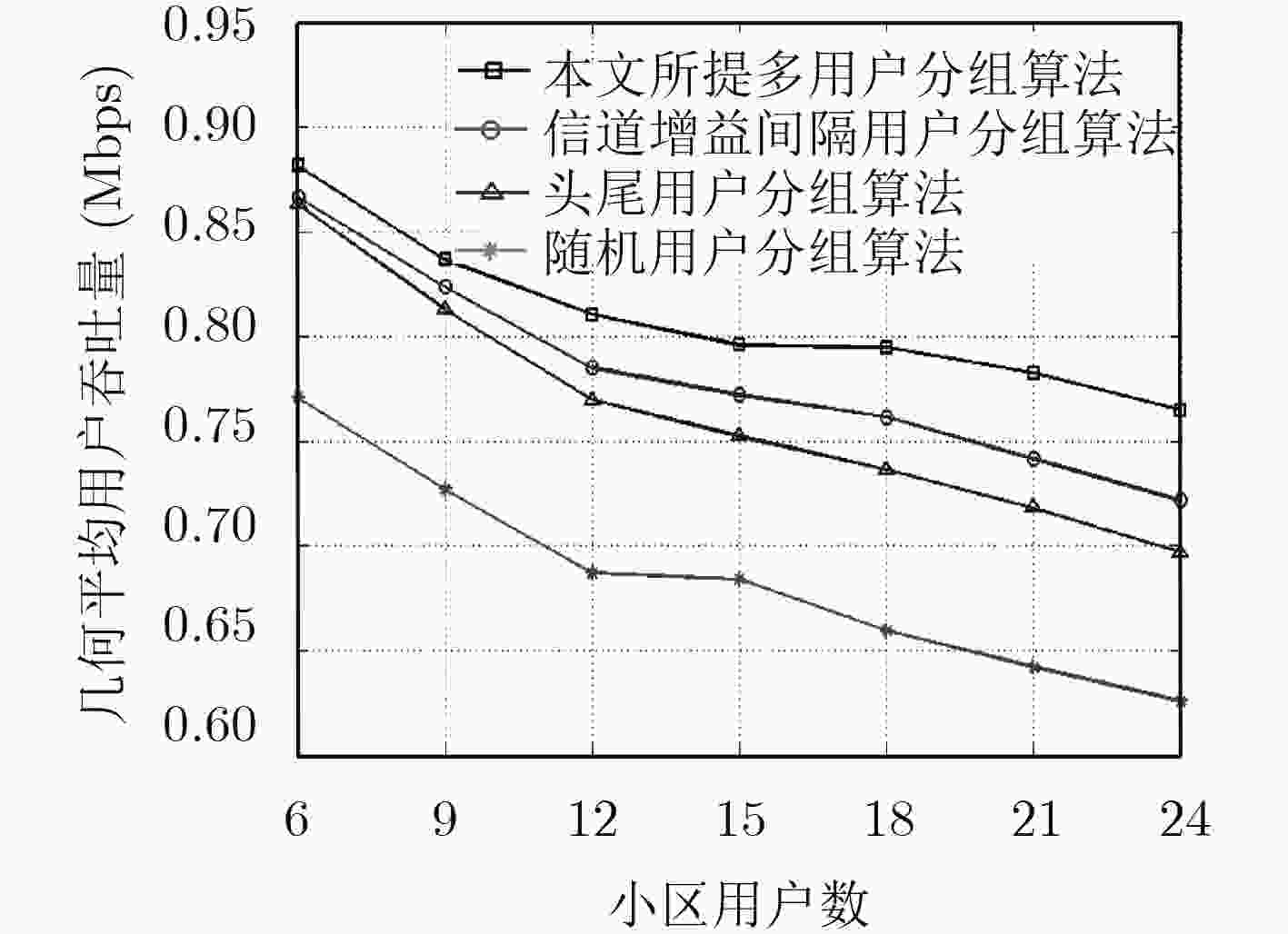
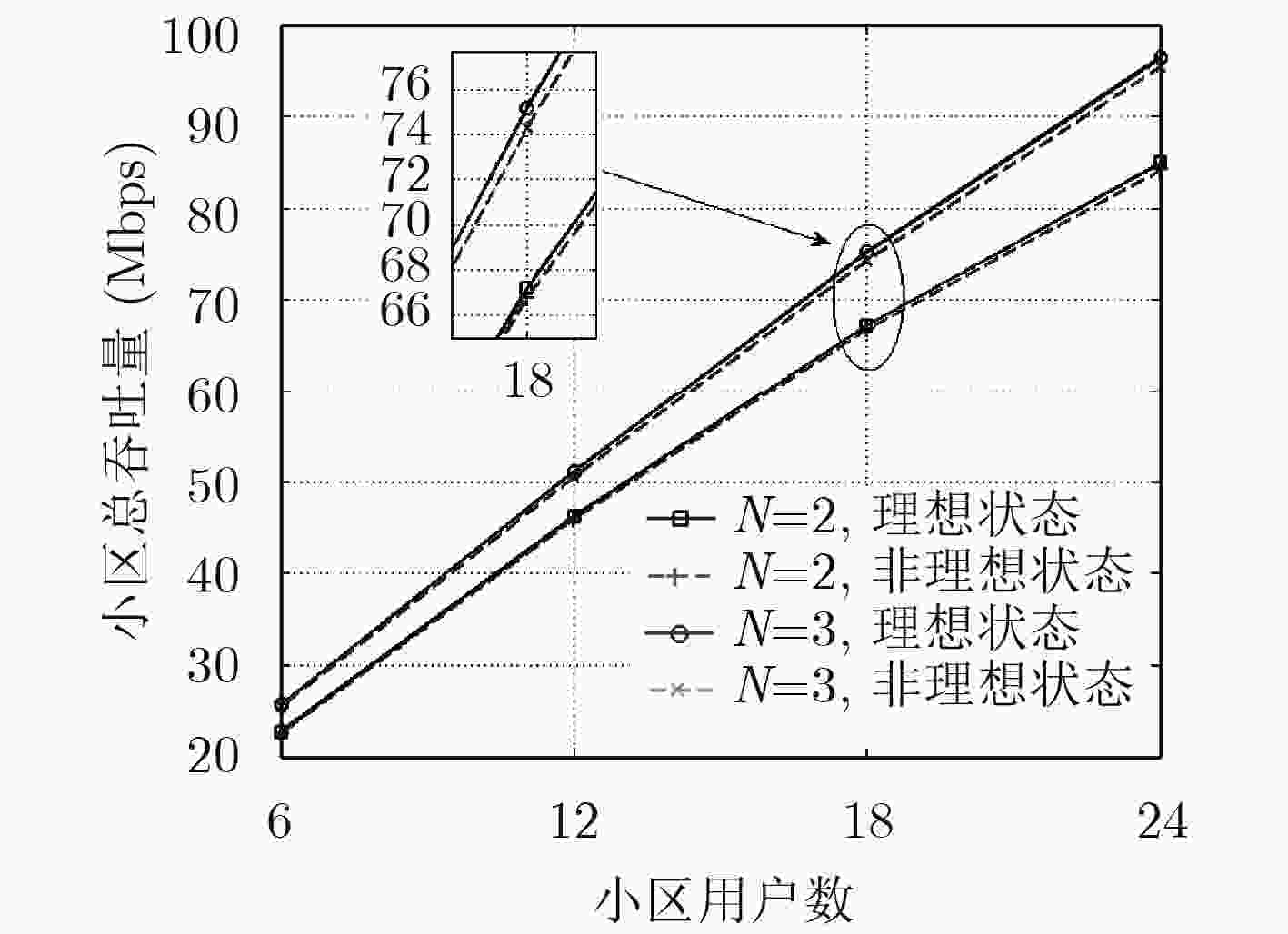
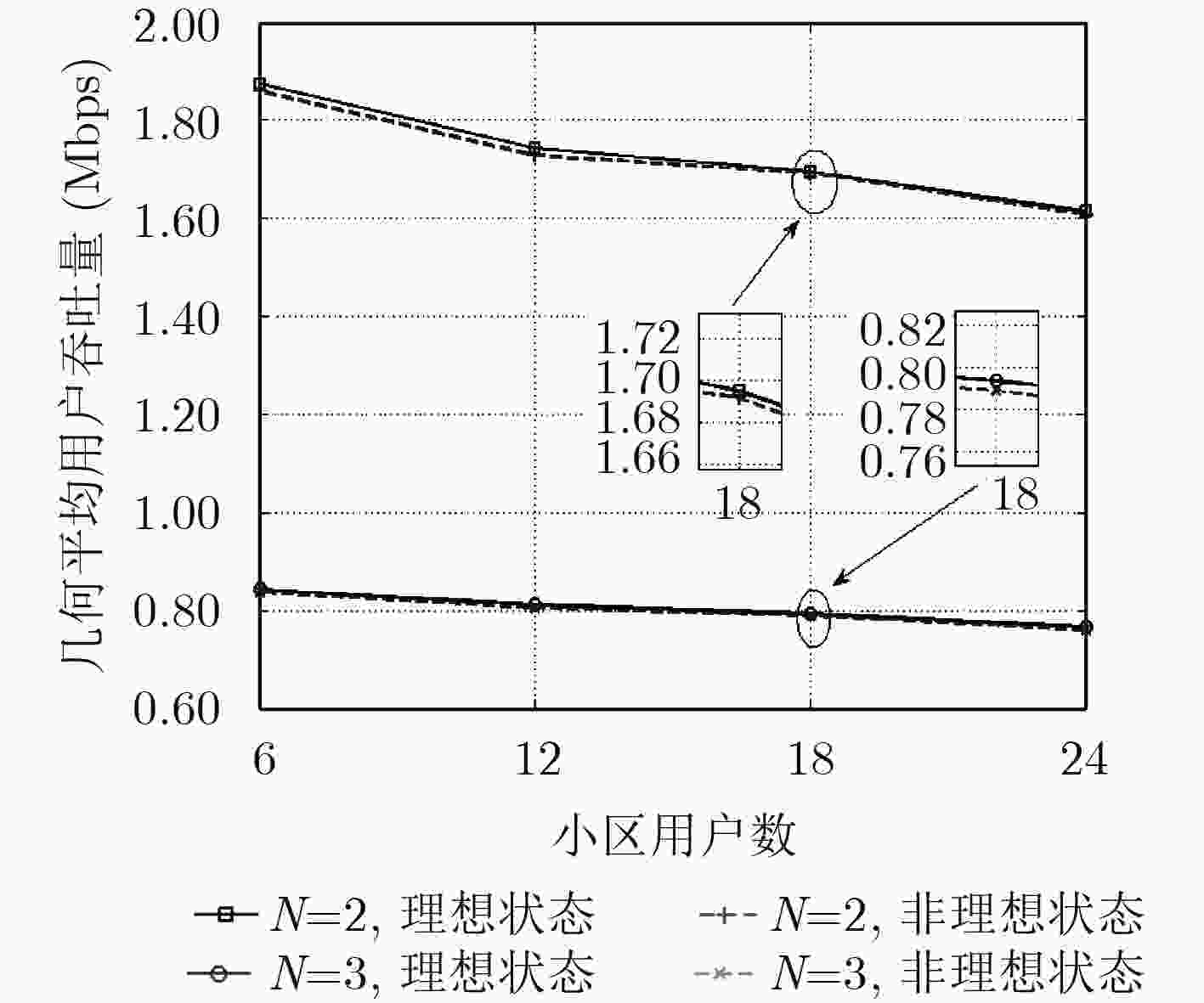


 下载:
下载:
